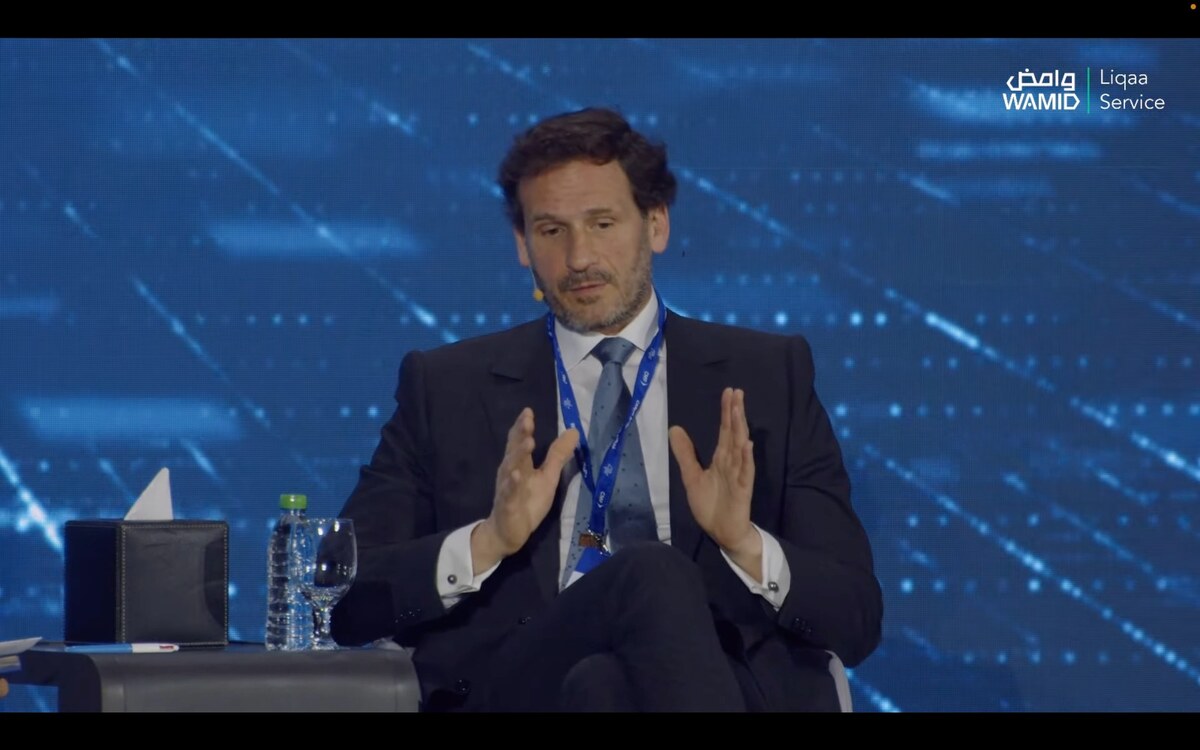RIYADH: Saudi Arabia’s refinery output climbed to 2.54 million barrels per day in December, reflecting a 5 percent year-on-year increase, according to the latest data from the Joint Organizations Data Initiative.
Fuel oil, which accounted for 18.2 percent of total refinery output, rose 7 percent over the year to 464,000 bpd. Meanwhile, gas diesel — the largest component of the refinery mix at 40 percent — declined by 5 percent.
Motor and aviation fuel production, which represented 24.7 percent of total output, recorded a 5 percent increase during the same period.
At the same time, refined crude exports saw a slight 1 percent drop, falling to 1.13 million bpd in December. Diesel remained the primary refined product export, making up 36 percent of total shipments, while motor and aviation gasoline contributed 20 percent, and fuel oil accounted for 15 percent.
The report also revealed that the Kingdom’s crude oil production stood at 8.91 million bpd in December, marking a 0.44 percent annual decline. Meanwhile, crude exports fell by 2.57 percent to 6.15 million bpd.
Domestic demand for refinery products also recorded a slight dip, decreasing by 26,000 bpd year on year to 2.29 million bpd.
OPEC+ countries, which include the 13 members of the Organization of the Petroleum Exporting Countries and non-OPEC producers like Russia, have been coordinating output cuts to stabilize the global oil market and address fluctuations in oil prices.
The most recent OPEC+ decision in December was to delay increasing oil output by three months, pushing the start of monthly production hikes to April.
This decision, which extended the full unwinding of cuts until the end of 2026, was made in response to continued weak demand and high levels of production outside the group.
As a result, OPEC+ plans to increase output gradually starting in April, while maintaining the flexibility to adjust these plans if market conditions change dramatically. The group’s broader strategy remains focused on long-term market stability and achieving a balanced supply-demand scenario that supports fair oil prices.
Moving forward, OPEC+ has continued to emphasize its commitment to energy cooperation with other regions and its role in ensuring market stability. However, the exact pace of future output increases and cuts will depend on both the global economic situation and developments in oil demand, including the transition toward renewable energy sources and geopolitical considerations.
Direct crude usage
Saudi Arabia’s direct crude oil burn — the use of crude oil in power generation — declined by 24,000 bpd in December, falling to 279,000 bpd, an 8 percent year-on-year drop and a notable 27 percent decrease from November.
The monthly decline in direct crude burn in the Kingdom can be attributed to colder weather conditions, which typically reduce the demand for energy-intensive heating during the colder months.
On a yearly basis, the decline can likely be linked to the more efficient use of energy across various sectors. This aligns with the Kingdom’s ongoing efforts to enhance energy efficiency, as highlighted during the February Egypt Energy Show in Cairo.
During the event, Saudi Energy Minister Prince Abdulaziz bin Salman reaffirmed the nation’s commitment to energy cooperation with Egypt.
As part of the partnership, Saudi firms will develop five solar and wind projects in Egypt, with a total capacity of 1.696 gigawatts and an investment of SR6.2 billion ($1.65 billion).
Additionally, ACWA Power signed a deal for a 2GW wind project in South Hurghada, valued at SR8.6 billion, making it Egypt’s largest wind energy initiative.
The Saudi-Egypt Electricity Interconnection Project, an SR6.7 billion investment enabling 3,000 MW of electricity exchange, was also highlighted as a key step in regional energy cooperation.
These projects, alongside regulatory development and capacity-building initiatives, contribute to the Kingdom’s broader efforts to promote a more sustainable and efficient energy model.
























